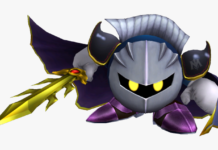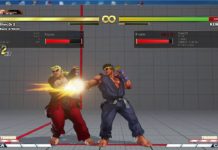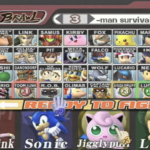Those who get into the competitive scenes of Super Smash Bros. and Super Smash Bros. Melee will quickly hear a lot about “L-canceling.” It is the first and most essential technique any competitive player will learn in these games, and is absolutely necessary in order to play at any level of competition.
What is L-canceling? What does it do and how does it work? We’ve got the answers right here.
What Is L-Canceling?
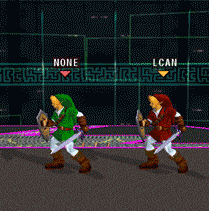
L-canceling stands for “lag canceling” and it’s the act of canceling out landing lag frames when a character lands with an aerial attack. It is done by pressing the shield button in a certain time frame before actually landing with the attack.
The term evolved into “L-button canceling” because of its association with Melee players using the “L” button to cancel. This transferred over Super Smash Bros., where the technique is called “Z-canceling” as the “Z” button is the one used for L-canceling in that game. In Melee, players can press the L, R or Z buttons to perform an L-cancel.
The two games have different levels of effectiveness when it comes to L-canceling; in the original Super Smash Bros., a Z-cancel will almost completely remove all ending lag from an aerial, which alongside the high hitsun in that game, are the foundation for the game’s heavy combo system.
Melee’s L-cancels, on the other hand, will only reduce the ending lag of an aerial by half. Despite this reduction in L-cancel’s effectiveness, that time frame is still the difference maker for competitive Melee; L-canceling in this game is essential for applying pressure, avoiding getting punished and maximizing one’s combo game.
What CAN’T You L-Cancel?
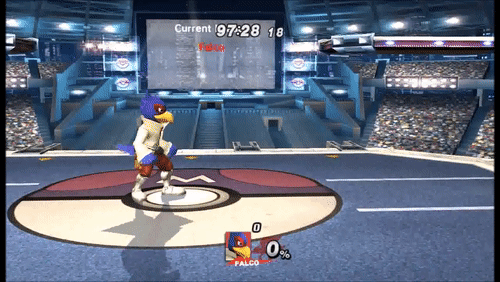
An important aspect of L-canceling is that it only applies to landing with regular aerial moves; you cannot L-cancel special moves in any game. Additionally, some moves, such as Mr. Game & Watch’s neutral, up and back aerial attacks, cannot be L-canceled either.
Every game after Melee has since removed L-canceling; you cannot do this technique in Super Smash Bros. Brawl, Super Smash Bros. for Wii U or Super Smash Bros. Ultimate. Mods of these games that aim to recreate a more Melee-style gameplay will often bring back L-canceling in some form to recapture that game feel.
L-Canceling As A Game Mechanic

L-canceling is a controversial technique because of its place in game design; there is almost no reason where one should not L-cancel, making learning the technique nothing more than a technical barrier to entry. Platform fighters will generally avoid implementing L-canceling and rather focus on implementing its effects to try and replicate the style of Melee and Super Smash Bros.
However, there are schools of thought relating to L-canceling’s presence in Smash, particularly in Melee; in part, that the technical barrier to entry adds to the game’s depth by preventing broken or overpowered moves and techniques from dominating the meta.
If a player didn’t have to worry about L-canceling, they could simply allocate their skills and resources to learning the more broken aspects of their characters. L-canceling adds a small layer that makes players work towards perfection that they can never fully attain. In short, L-canceling may not be a good mechanic in broader game design, but its place in the current Melee meta is crucial (this approach has been articulated very well by the Smash player Praxis.)
L-canceling will likely remain a technique of the past, sticking with only these select Smash games. But if you’re looking to get into competitive play, being able to L-cancel should be the first thing you master.





